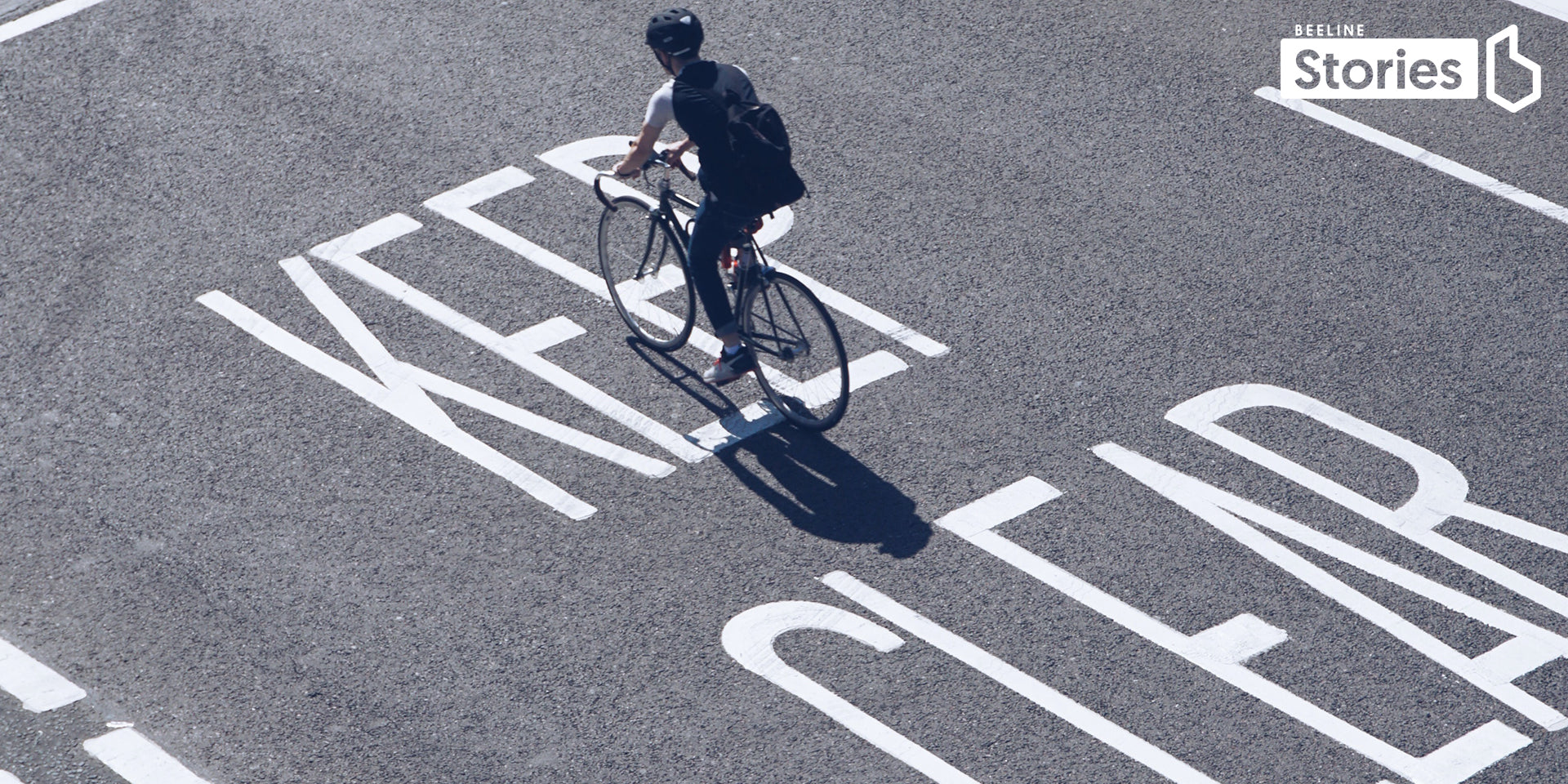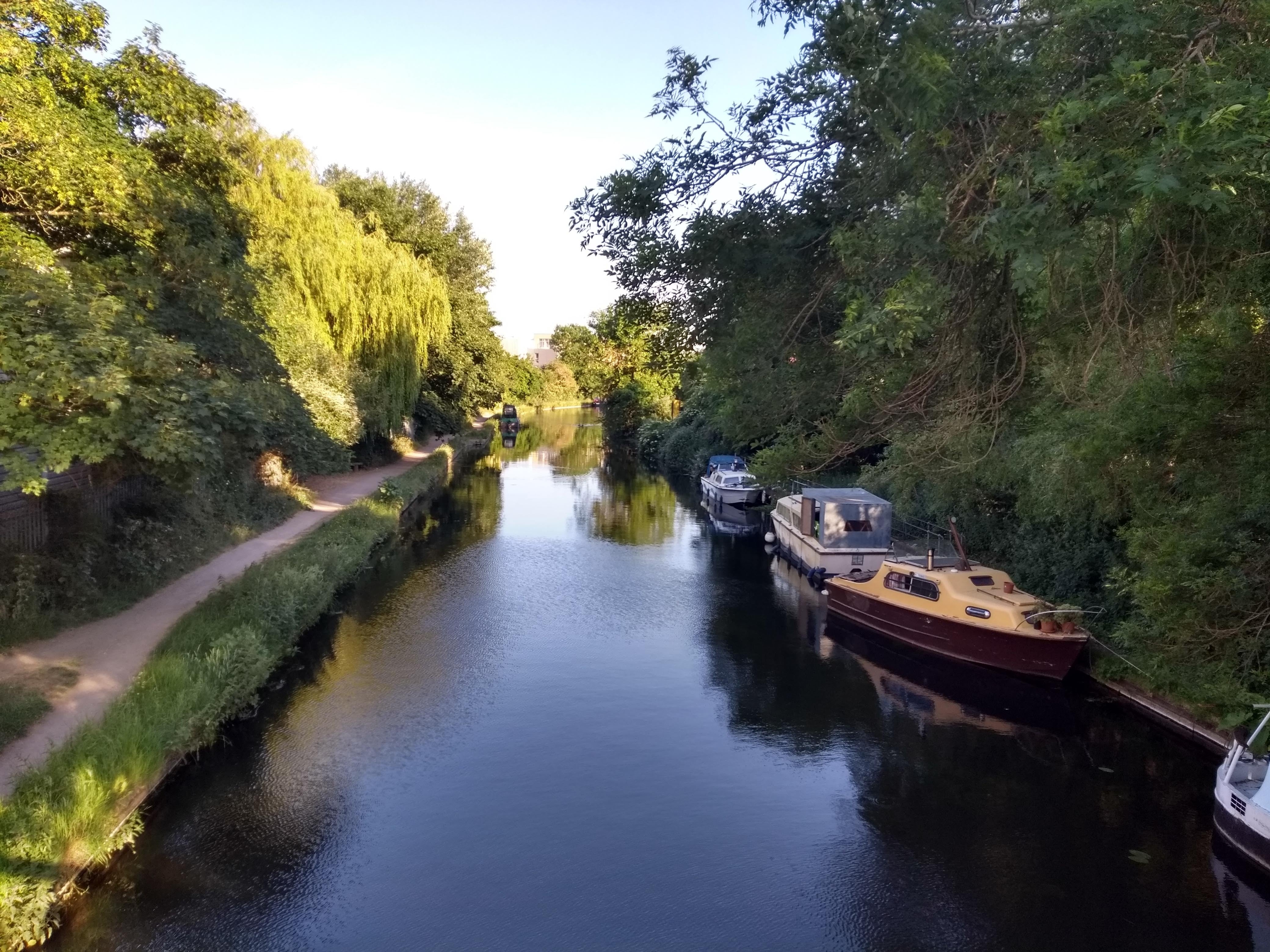There’s nothing worse than the feeling of having your precious bike stolen, especially if you’ve forked out extra for a better model (or only just bought your first bike)!
Bike locks are an absolute must for anyone wanting to keep their bike secure; here we look at the different types to help you pick the right bike lock for you.
Types of Bike Locks
D Lock
A heavy and durable bike lock, the D lock consists of 2 parts: a piece of U shaped metal tubing and a straight bar that locks on top of it, creating a D shape.
Pros: D locks are difficult to cut through as they’re so strong, and often have more complex locks or codes that are harder to pick. D bike locks come in varying sizes so you can use smaller ones to lock other parts of your bike in place.
Cons: They are extremely heavy so can be difficult to carry around and annoying to have with you. Often you will need a chain lock in addition to a D bike lock to go through the wheels of your bike to avoid coming back to just your bike frame.
Chain Lock
Made out of heavy steel links, a chain bike lock is more flexible than a D lock but just as durable. The chain is usually covered in a protective sleeve, which stops it rusting due to poor weather and from marking your bike. The chains are secured with a locking mechanism at the end, which can either be a key lock or a code.
Pros: A chain bike lock can easily weave between bike wheels and the frame, making it easier to secure more of your bike without the need for extra locks. The links of the chain make it incredibly strong and difficult to cut through for thieves.
Cons: Another incredibly heavy bike lock, they can be cumbersome to carry around with you and cycle with.
Cable Lock
A cable bike lock works much the same as a chain lock in that it is flexible and can weave around different parts of the bike. However a cable lock is much lighter as it’s made out of metal fibres encased in plastic tubing.
Pros: The fact that cable locks are light make them easy to carry around and less hassle for commuters and those cycling long distances.
Cons: The lightness of a cable bike lock is also its downfall- they’re much easier to cut through than solid metal locks and so put your bike at more risk. For this reason it’s usually safest to use a cable lock alongside a D lock for added security.
Anchor Lock
Designed for indoor use, anchor locks are permanently secured to a wall or floor that the bike is then attached to using metal chains. Anchor bike locks can be found in garages, sheds and within homes as a way of ensuring your bike is always secure.
Pros: Secure and durable, an anchor lock keeps your bike secure even when it’s not outside. Some insurance companies insist on having one of these to cover your bike when it’s at home.
Cons: For some having this extra layer of protection is too much of a hassle to deal with every day. As the anchor lock requires drilling into a wall or floor, this may be too permanent for some people, particularly those who are renting and can’t make alterations.
Bike Lock Security Ratings
In the UK bike locks are reviewed by an independent, not for profit organisation called Sold Secure. Bike locks are then given one of three ratings:
Bronze
This is the worst of the three ratings. This doesn’t mean that the lock doesn’t work but a bike lock with a bronze rating only “offers defense against the opportunist thief”.
Silver
The second best rating. A bike lock with a silver rating “offers a compromise between security and cost”. These bike locks are normally less expensive than gold rated bike locks and are a good choice for those with less expensive bikes or those living and working in low crime areas. If you live and work in a city or high crime area, or have a very expensive bike, it’s worth investing in a better, more expensive lock.
Gold
The best rating. Gold rated bike locks “offer the highest level of security”. Though these are normally the most expensive of all the bike locks, they are worth buying for those wanting the best protection for their bike. If you leave your bike unattended for long periods of time, have an expensive bike or live in a city it’s generally recommended to go for a gold rated bike lock.
Tips for Extra Security
Even when secured with a good bike lock, your bike is still at risk of being stolen or having parts taken off it. Here’s what you can do to add an extra layer of protection to your bike:
- Make sure your lock is tight around your bike. Gaps allow thieves to fit their tools around your lock, putting it at higher risk of being cut.
- Fasten your lock to a heavy, immovable object. It sounds obvious but it’s an easy mistake to make! Make sure whatever you’ve tethered your bike to can’t be cut or lifted easily.
- Consider using multiple locks. The more locks you use, the less likely a thief is to target your bike. Use different locks for different parts of your bike to make sure they don’t dismantle valuable parts that aren’t secured.
- Remove the front wheel of your bike when it’s locked. Admittedly this is a bit of a hassle so perhaps best saved for high risk areas but removing the wheel not only makes your bike look less appealing but also makes it impossible for a thief to cycle away with your bike.
- Replace bike components, particularly quick release ones, with lockable components to stop your wheels, seat etc. being stolen.
- Register your bike. This should make it easier to recover if it gets stolen and if nothing else will help with insurance claims.
- Be careful about where you leave your bike. Try to avoid locking your bike in poorly lit, secluded areas. If possible, lock your bike near CCTV cameras, amongst lots of other bikes and in a difficult to reach place. Don’t leave your bike outside overnight, even if it’s locked.
- If you have an expensive bike, try to make it look less appealing. Though it’s your pride and joy, you don’t want thieves to know how much it costs. Try covering parts of it in tape or stickers to cover the model and make it look less high end.
Looking for more cycling tips, stories and inspiration? Take a look at the rest of our blog.


